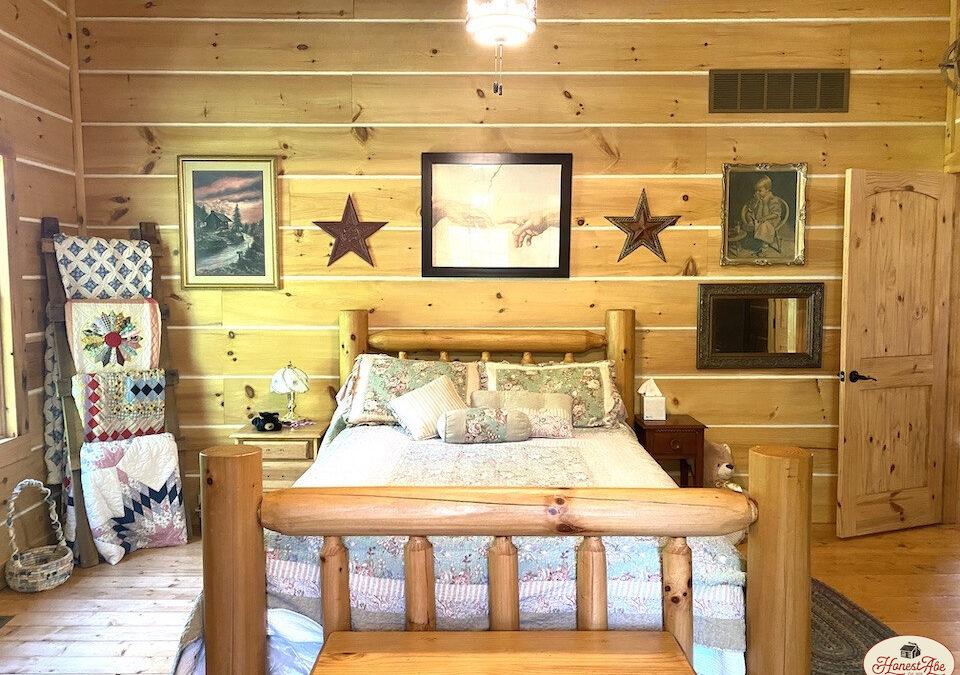One of the first things the Honest Abe Log Homes design team will ask about is the age of the family members because designing a room for a teenager is a little different than creating space for younger children, infants or even the adults in the house.
Teenagers tend to spend more time in their room, especially as they get older. It’s more than just a place to sleep. It is essentially their office, game room and living room, since they often entertain their friends there. To the chagrin of most parents, it can double as a dining room, which is less than ideal.
Nonetheless, teenagers will be in their rooms until they leave for college, work, the military or some other adult adventure. There’s not reason not to make the room ideal for them while they are still in the home.
Here are some things to consider in planning a room for a teenager:
Functionality: The room should be designed to meet the needs of the specific teenager, including providing enough storage space for clothes, books and other personal belongings.
Comfort: The room should be comfortable and cozy, with enough seating and a good lighting design to create a welcoming atmosphere.
Personal style: Encourage the teenager to express their own personal style in the room, whether through the use of color, artwork or other decorative elements.
Safety: Make sure the room is safe and free of hazards, such as loose electrical cords or sharp edges on furniture. Even though a teen is not as prone to these kinds of accidents as younger children or toddlers, there’s no need to take the risk of them or their friends getting hurt because they are acting (and thinking) like a teenager.
Flexibility: As the teenager grows and their interests change, the room should be able to adapt and evolve with them. This might involve adding or removing furniture or repurposing certain areas of the room for different activities.
Technology: Many teenagers rely on technology for communication, entertainment and schoolwork, so consider incorporating outlets, internet access and other technological amenities into the design of the room.
Whether they like it or not, the room in which a teenager grows up will probably not be used very often unless it he repurposed. Here are a few ideas for transitioning the room while still making it a place an adult child will want to visit and someday bring their own kids to enjoy. Some of these ideas should perhaps be considered during the original design of the home to make this inevitable step easier.
Choose multi-purpose furniture: Look for pieces that can serve multiple functions, such as a daybed or a trundle bed that can be used for seating during the day and converted into a bed for overnight guests.
Include storage options: Built-in shelves, under-bed storage, and a closet with ample hanging and shelving space will help keep the room clutter-free and allow for easy transition between uses.
Consider the layout: When designing the layout of the room, think about how the space will be used and how you can make it as flexible as possible. For example, you might want to position a Murphy-style bed on a wall so it can be easily folded up and out of the way when not in use.
Incorporate a desk or workspace: A desk or other workspace can be a useful addition to a teenager’s bedroom, and it can also be a convenient place for guests to set up a laptop or work on projects.
Add decorative touches: When your teenager is in residence, the room will likely be personalized with his or her favorite colors, patterns and decor, but keep in mind that you’ll want to be able to easily transition the room into a guest space by neutralizing any overly bold or personal touches.
Make the room welcoming: Add touches that make the room feel comfortable and welcoming to guests, such as cozy bedding, pillows and blankets.
– article by Honest Abe Log Homes, ©2023




